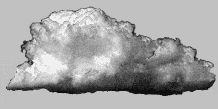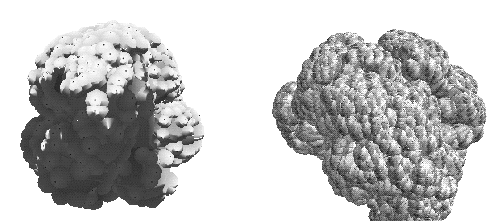 PostDoctoral work, done from December 96 to September 97 at DGP.
PostDoctoral work, done from December 96 to September 97 at DGP.
 PostDoctoral work, done from December 96 to September 97 at DGP.
PostDoctoral work, done from December 96 to September 97 at DGP.


|
Fax : +33 (0)4 76 61 54 40 Secretariat : 76 61 54 26 (NB: I strongly prefer being contacted by email) |
|